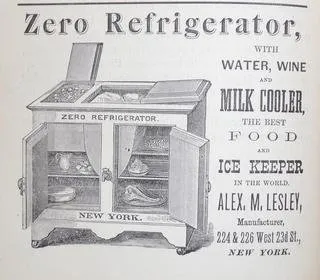I love science. I am a rationalist. If science can’t get a handle on it, then the likelihood is I don’t want anything to do with it. But bad science? Bad science can be the most destructive, murderous forces on the planet. Ladies and gentlemen of Steemit, let me introduce to you one of the biggest killers in the history of humanity:
Dr Thomas Midgley Jr.

Yeah, I know what you’re thinking: WHO?
Born in 1889 in Pennsylvania, Midgley lived for fifty-five years, and was responsible for two of the greatest and most destructive environmental disasters in the 4.5 billion year history of our planet. One would have been bad enough. Two? Well, that’s just greedy.
Having graduated from Cornell University in 1911 with a degree in Mechanical Engineering, Midgley started working for a then small company, General Motors, in 1915. Automobile science was very young, and one of the biggest issues at that time was engine knock. This rattling made engines very noisy, and was huge problem. Midgley had worked out that this problem originated in the cylinders, he systematically added elements to the petrol until he found one that stopped the annoying knocking.
You may have guessed where I am going with this:

The element that worked was lead. Lead is extremely poisonous. It is particularly harmful to children, who ingest it more quickly, and it can cause appalling neurological developmental problems. And thanks to Thomas Midgley, hundreds of millions of cars would spew lead into the environment for the next sixty years or so.
It is certain that Midgley knew how dangerous lead was. It would be unfair to blame him entirely, though. The dangers of lead were well known, and the automobile and petroleum industry conspired to ignore and cover up the appalling environmental effects for decades. It is impossible to know how many lives were adversely affected, and now many people died prematurely because of Midgley’s invention.
Such a legacy would be dreadful enough. Midgley wasn’t done though. GM were looking for a way of pushing refrigeration forward. Ice boxes had been widely replaced by machines that used various coolants and pumps, but these machines were volatile and dangerous. So, they asked Thomas Midgley to work his magic.

And work his dubious magic he did. He came up with an appalling mix of three appalling chemicals: fluorine, methane and chlorine, which were highly effective and non-volatile. He called the substance “Freon”, and it was the first of a range of substances called chlorofluorocarbons. You may know them as “CFCs”.
CFCs exploded onto the consumer market. They were employed not such in refrigeration, but in aerosol sprays. They are released into the atmosphere, and they do not get broken down for over one hundred years. Each atom of CFCs can break down over one hundred thousand molecules of ozone. Ozone is the natural part of our atmosphere that stops harmful UV rays filtering through. The same UV rays that cause skin cancer.
Every single atom of CFCs that we ever used is still out there. It will be the end of this century before they start breaking down.
How many people have had their lives ruined and ended by our use of CFCs is impossible to ascertain.
Midgley became a celebrated scientist. He was lauded and given award after award. He was prosperous and even famous. His life was not trouble free, though. He suffered from the effects of lead poisoning several times, and in his fifties, he contracted polio. And he died a somewhat ironic death. He used his inventing powers to construct a complicated system of pulleys and levers that he added to his bed to allow him to increase the personal mobility that the illness had caused.
Unfortunately for Thomas, his invention, like so many before, was fatally flawed, and he was found dead in his bed, strangled by his own device. I am not a big believer in karma, but maybe there is something in it, after all…
